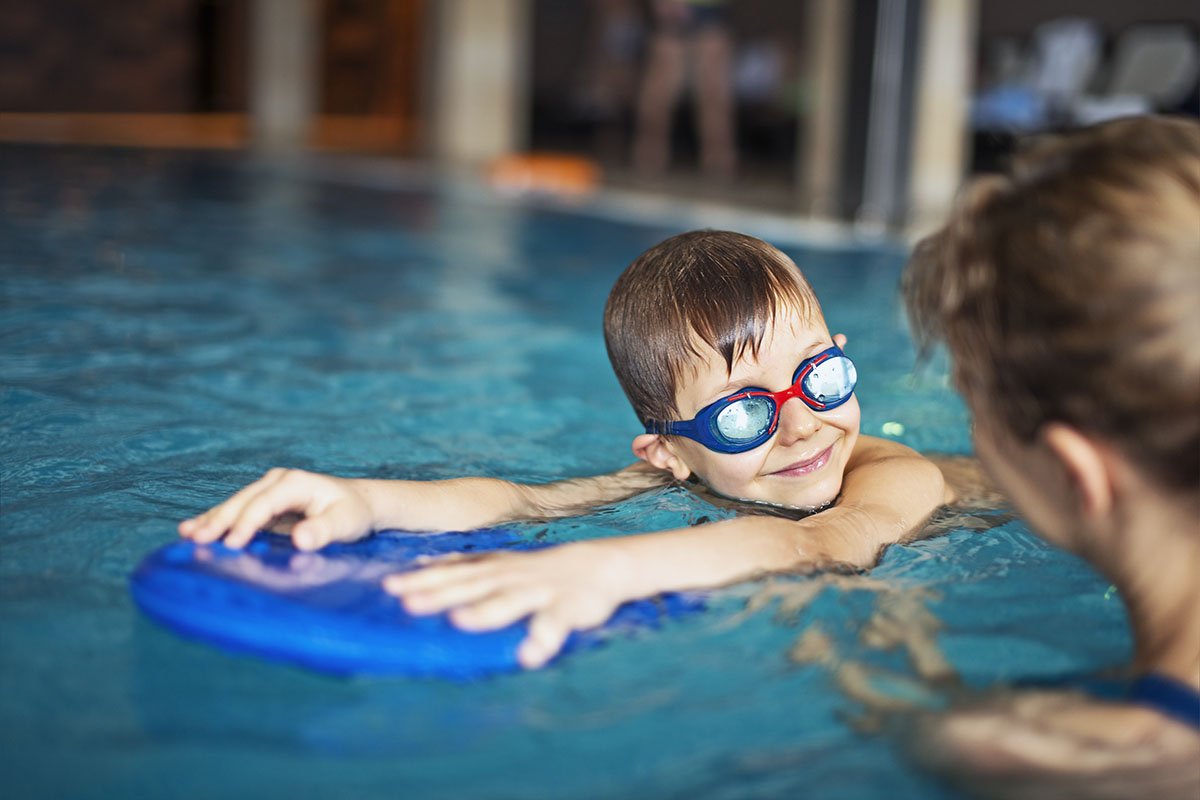
There are many dangers lurking in fun summertime activities for children.
Most parents are aware of measures to keep their kids safe in the summer months when families are more likely to spend time outdoors, especially around the water.
But one hidden danger is not well-known to many parents, and we all need to be aware of the signs to prevent tragedy from striking.
Several cases of “secondary” drowning in children have been reported in recent years — and here is what every caregiver needs to know.
Today’s Parent reported:
Though rare, secondary drowning can be fatal if warning symptoms are ignored. Anytime someone (children and adults alike) inhales even a small gush of water (pool, lake or ocean) it can irritate the lungs and cause swelling. Usually very little water is present in the lungs when secondary drowning occurs, but the small amount of liquid is enough to hinder the lungs ability to provide oxygen to the bloodstream.
Often, the symptoms of secondary drowning do not appear for several hours, or even days, following a child inhaling water while swimming or wading.
And, as with any situation with a child, it is always best to err on the side of caution if any strange symptoms become present.
Parents Magazine reported on some of the signs of secondary drowning in children:
Water rescue. “Any child pulled from the pool needs medical attention,” says Dr. Berchelmann. “At the very least, call the pediatrician.”
Coughing. Persistent coughing or coughing associated with increased work of breathing needs to be evaluated.
Increased “work of breathing.” Rapid shallow breathing, nostril flaring, or where you can see between the child’s ribs or the gap above their collarbone when they breathe, means they’re working harder to breathe than normal, says Dr. Denny. This is a sign that you should seek medical help immediately.
Sleepiness. Your kid was just excitedly playing in the pool, and now she’s fatigued? It could mean not enough oxygen is getting into to her blood. Don’t put her to bed until her doctor gives you the go-ahead.
Forgetfulness or change in behavior. Similarly, a dip in oxygen level could cause your child to feel sick or woozy.
Throwing up. “Vomiting is a sign of stress from the body as a result of the inflammation and sometimes a lack of oxygen, also from persistent coughing and gagging,” explains Dr. Berchelmann.
Even older children can succumb to secondary drowning, and should be monitored for symptoms.
As with any injury or illness in children, prevention is key to avoiding this tragedy.
Parents and caregivers should make sure children of all ages are always supervised when swimming or playing around water.
And it is vital to teach children from a young age how to swim and safety rules when participating in any kind of water play.
Swimming lessons and teaching children to be vigilant of the safety rules are essential.
And as parents, we know our children best, so being aware of any change in behavior or signs of illness should be caught and treated early.
Today’s Parent reported:
Going to the hospital promptly is your best defense. Doctors will closely monitor your child and, when caught early, should be able to treat any issues by administering oxygen and removing fluids through diuretics. Ignoring the symptoms or waiting too long to seek treatment is, tragically, when secondary drowning can turn fatal. If a near drowning has occurred and your child is showing any of these symptoms, don’t delay in getting them checked out.
Vigilance and safety are key to any activity involving children, and by being particularly aware during summer activities at the pool or beach, tragedy can be prevented.
